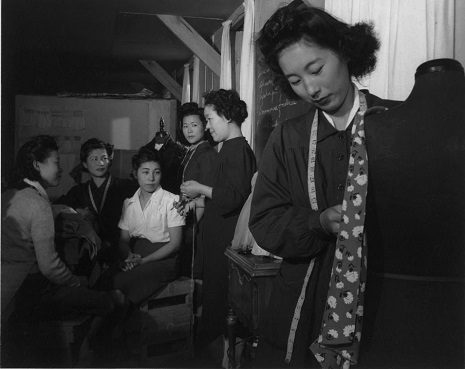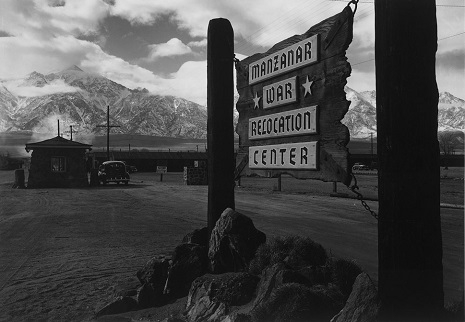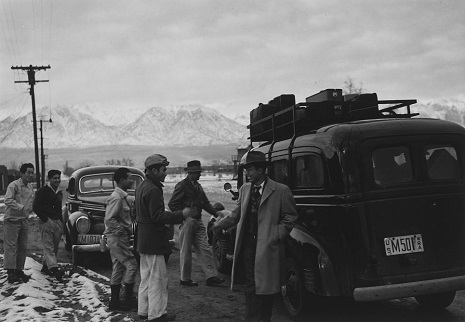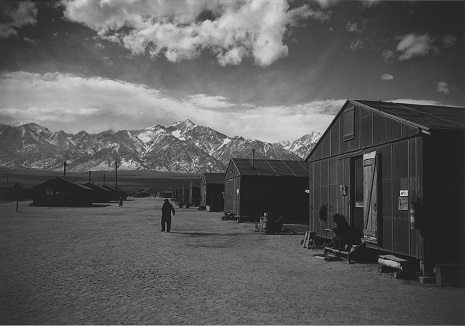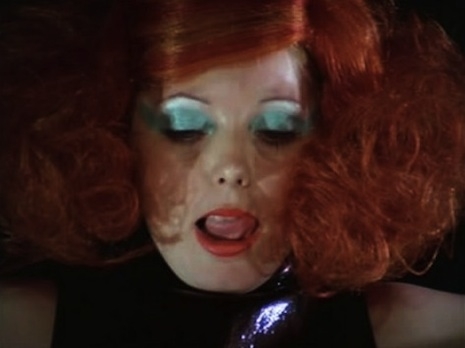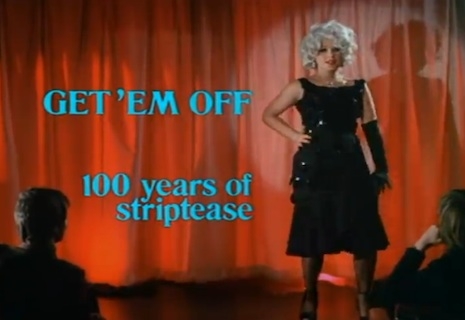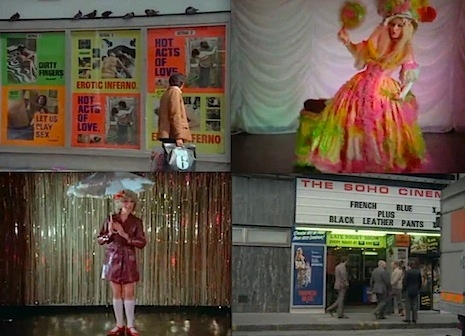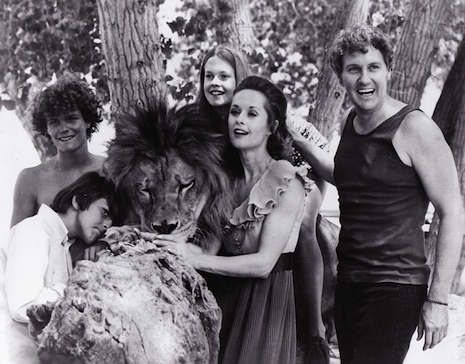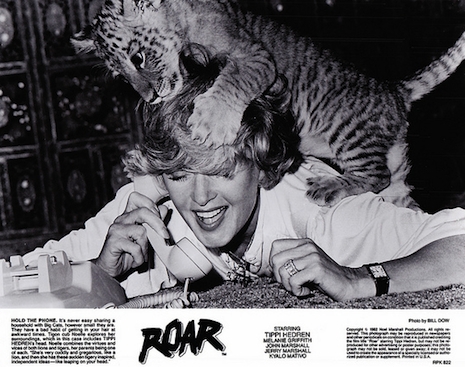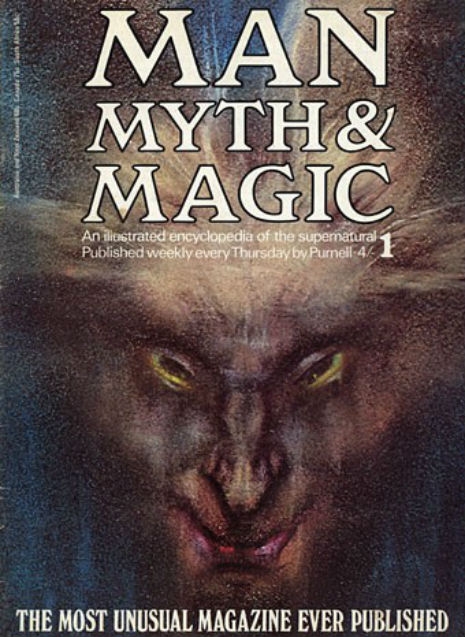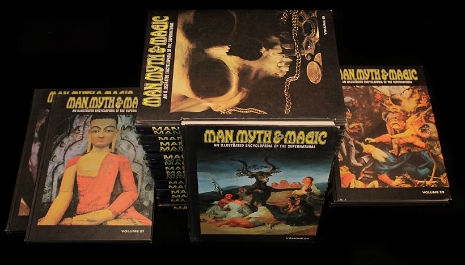
It’s extremely tempting to compare Songhoy Blues with Tinariwen. Both bands hail from Mali, and offer a GRIPPING Saharan blues that takes significant inspiration from Western rock music. Both bands also share, in their backstories, flights from political unrest and refugee experiences that had direct consequences for their bands’ formation. There are of course differences—Tinariwen are Tuareg nomads who favor hypnotic, reflective explorations to match the desert’s stark vistas. Songhoy Blues tend towards a more animated approach, being of the urbane Songhoy people, a once-prominent group now marginalized by Islamist militias who’ve imposed an incredibly strict reading of Sharia rule in parts of Mali back in 2012, a reading that includes a prohibition against playing music. There’s a history of enmity between the Tuareg and Songhoy, though perhaps the common enemy of an encroaching hardline theocracy might temper that conflict.
Guitarist Garba Touré is the son of Oumar Touré, a percussionist who played with the practically deified guitarist Ali Farka Touré. As a refugee in Bamako, Garba met musicians Aliou Touré and Oumar Touré. (No relation except where noted—Touré is an extremely common name. Think of it like how there were three unrelated guys coincidentally named “Taylor” in Duran Duran.) The three formed Songhoy Blues with drummer Nat Dembele, and while there have been plenty of African artists who’ve connected their traditional music with Western forms, few created such an immediate sensation. The band was featured prominently in They Will Have to Kill Us First, a documentary about the survival of Malian music after the Islamist takeover in the north of that long-troubled nation, and they’d soon enjoy the patronage of Blur’s Damon Albarn and the Yeah Yeah Yeahs’ Nick Zinner, who performed on the song “Soubour” with them. He related that meeting to DM in an email exchange:
I first saw them while I was in Mali with the Africa Express project together with Damon Albarn and Brian Eno. We were all there to make a record in a week and were scouting different artists to collaborate with. We saw Songhoy Blues play and I was immediately struck by their insane guitar player and the fact that they had a proper lead singer, which I learned was quite rare in Mali. Basically, they were a fantastic and energetic band.
I had no idea what to expect when I first met them, and I’m sure the same goes for them, but we managed to record “Soubour” in about an hour. When I was first mixing it while we were all in Bamako it was cool to have all these musicians on the trip come up where I was working and say ” soooo… I hear you’ve got something”. I recorded Damon for the background vocals, and everyone started dancing to it when we had our first group playback night.
The language barrier wasn’t that big of an issue, I speak some French and Manjul, our engineer, also helped with translations when I went back to Bamako to produce the record. It’s really a cliche, but I believe it’s remarkably true how well we were all able to overcome any barriers with the music itself and communicate clearly both ways. Despite not being able to understand most of the words, the band would explain what the song was about and I was able to connect pretty deeply on an immediate emotional level with what they were doing. I think their music and melodies are so strong that those types of barriers are basically irrelevant.

“Soubour” damn near steals the show on the excellent 2013 Africa Express compilation Maison Des Jeunes, and it’s the first single from their album Music in Exile, which was co-produced by Zinner, and sees its US release next week. DM is pleased to debut the official video for ‘Soubour,’ which unsurprisingly features Zinner, who takes a back seat and lets the band kick some mighty ass.
A previous video for the song, after the jump…







